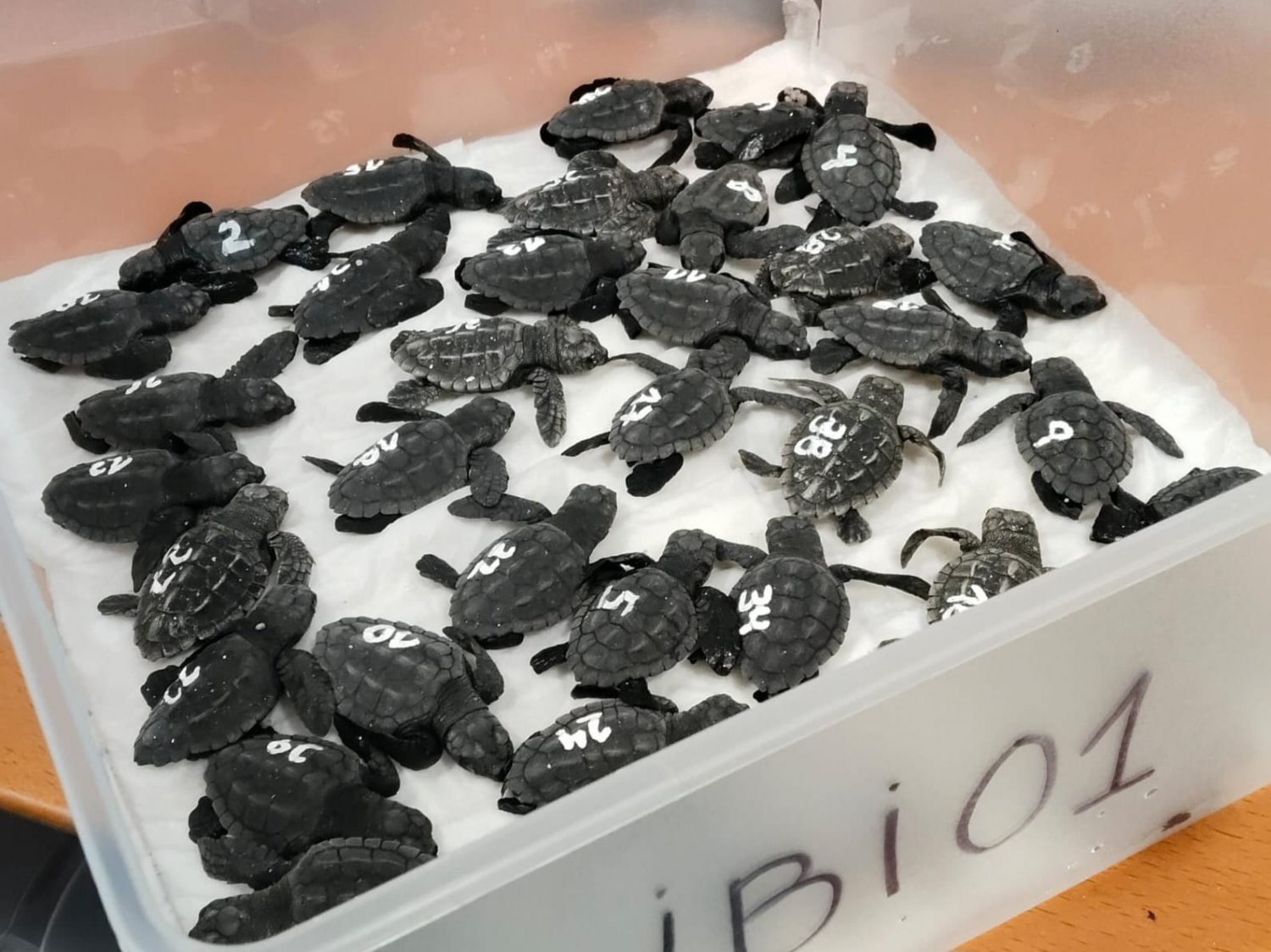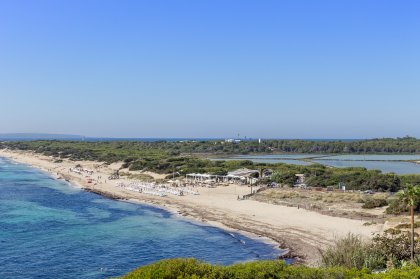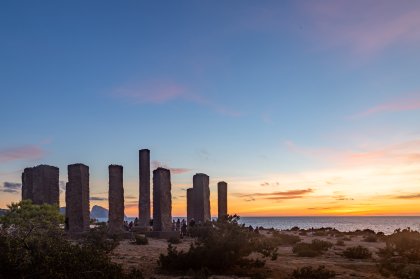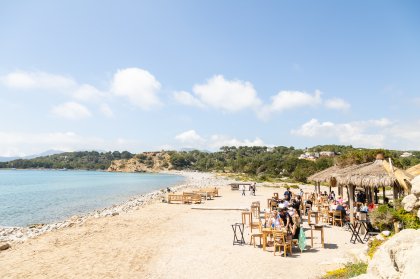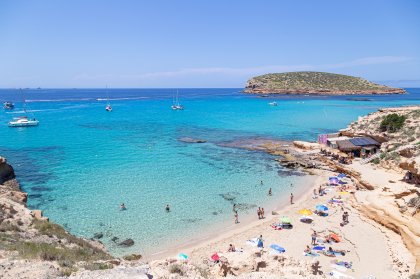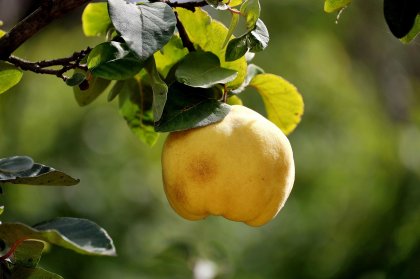In a significant victory for marine conservation, 38 loggerhead turtle hatchlings (Caretta caretta) have successfully emerged from a nest discovered in August within the Ses Salines de Ibiza y Formentera Natural Park.
Confirmed by the Balearic Islands' Ministry of Agriculture, Fishing, and Natural Environment, the news represents a critical success for the vulnerable species, underscoring the effectiveness of regional conservation protocols.
The nest, found on 7 August on Es Cavallet beach, within the natural park and containing 85 eggs, was the first confirmed in Ibiza this season. The entire clutch was then carefully relocated and placed in an artificial incubation facility at the Aula del Mar in Palma, Majorca. The first hatchlings began to emerge on 23 September, with the total now reaching 38 newborns.
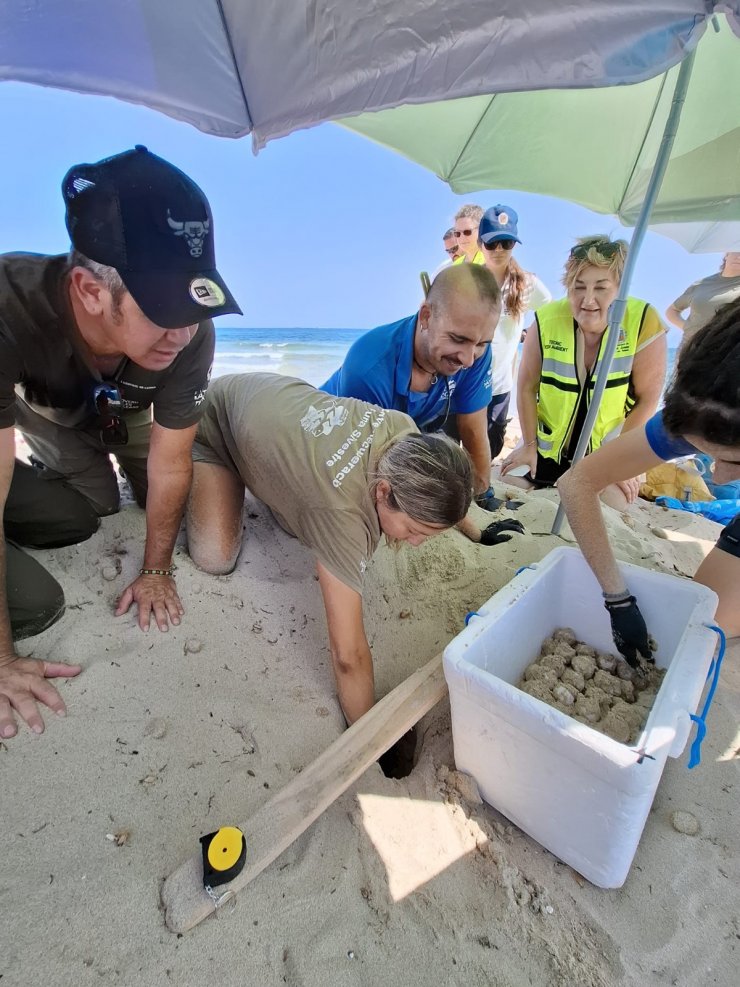
They have since been transferred to the Marine Research and Aquaculture Laboratory (IRFAP-LIMIA) in the Port of Andratx. There, fauna recovery specialists are conducting health assessments, collecting biometric data, and marking each turtle for future tracking.
The young turtles will now enter a "head-starting" programme, where they will be reared under controlled conditions for 10 to 12 months. This crucial phase dramatically increases their survival odds before they are reintroduced into the open sea, while also providing scientists with valuable data on the species' early life stages.
The public is reminded to immediately call the 112 emergency number upon spotting any signs of turtle nesting activity.
With two confirmed nests in the Balearics this year - the other was on a Palma beach that produced 62 hatchlings - this event confirms a positive trend. Since the first documented nesting in the Balearics in 2019, the increasing frequency of loggerhead nests on local shores shows the vital importance of coordinated conservation.
Loggerhead turtles are not just charismatic animals - they make an invaluable contribution to the health and balance of the marine environment.
Here are the key ways:
- They keep down jellyfish populations that can otherwise overwhelm marine ecosystems, deplete plankton stocks that fish rely on, and disrupt the food web.
- Stir up sediment on the seafloor, thus releasing nutrients back into the water column for seagrasses and other marine organisms.
- They support other marine species by providing habitats - a loggerhead's hard shell is a living reef.
- They boost beach ecosystems by depositing large amounts of nutrients (from eggshells and unhatched eggs) into the nutrient-poor sandy dunes of beaches.
For more related content on environmental matters, check out our Eco Guide.
Photocredit | www.caib.es/
